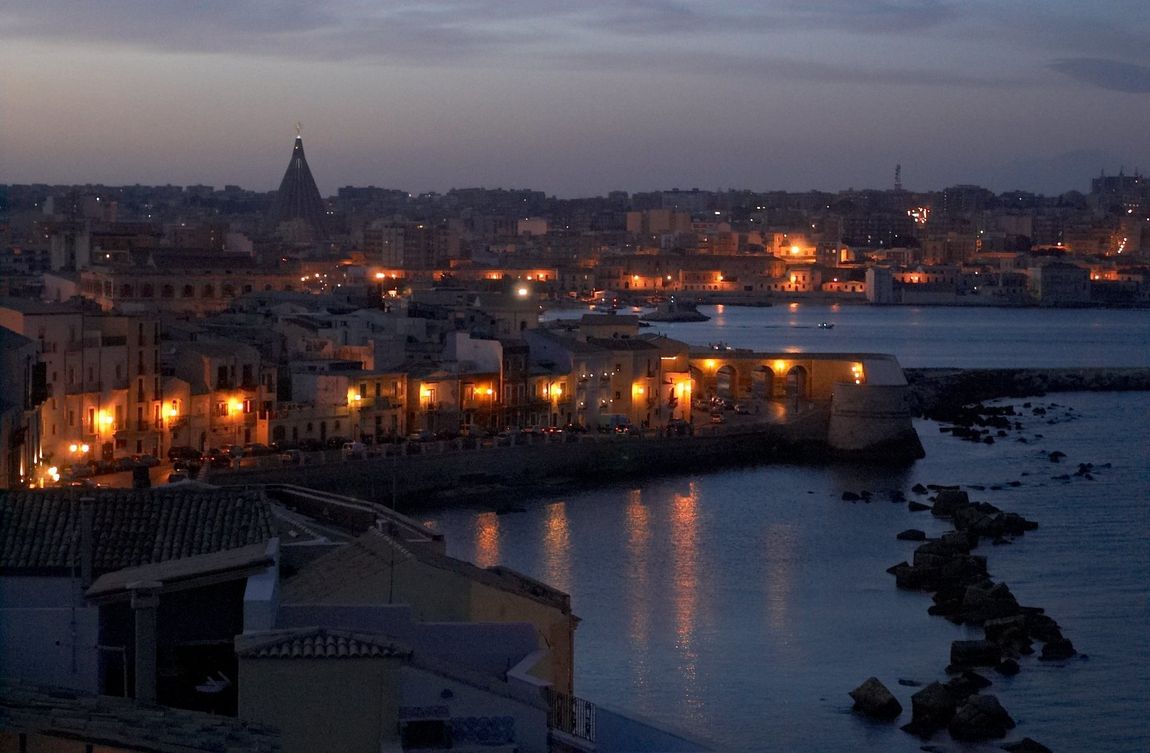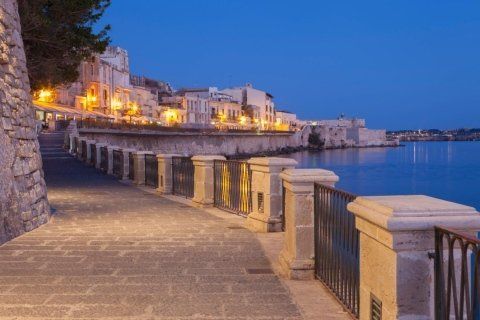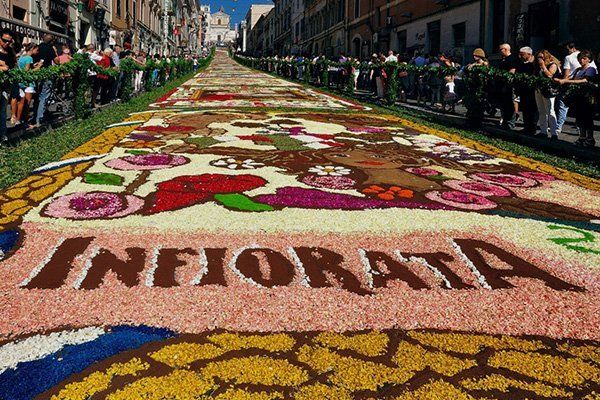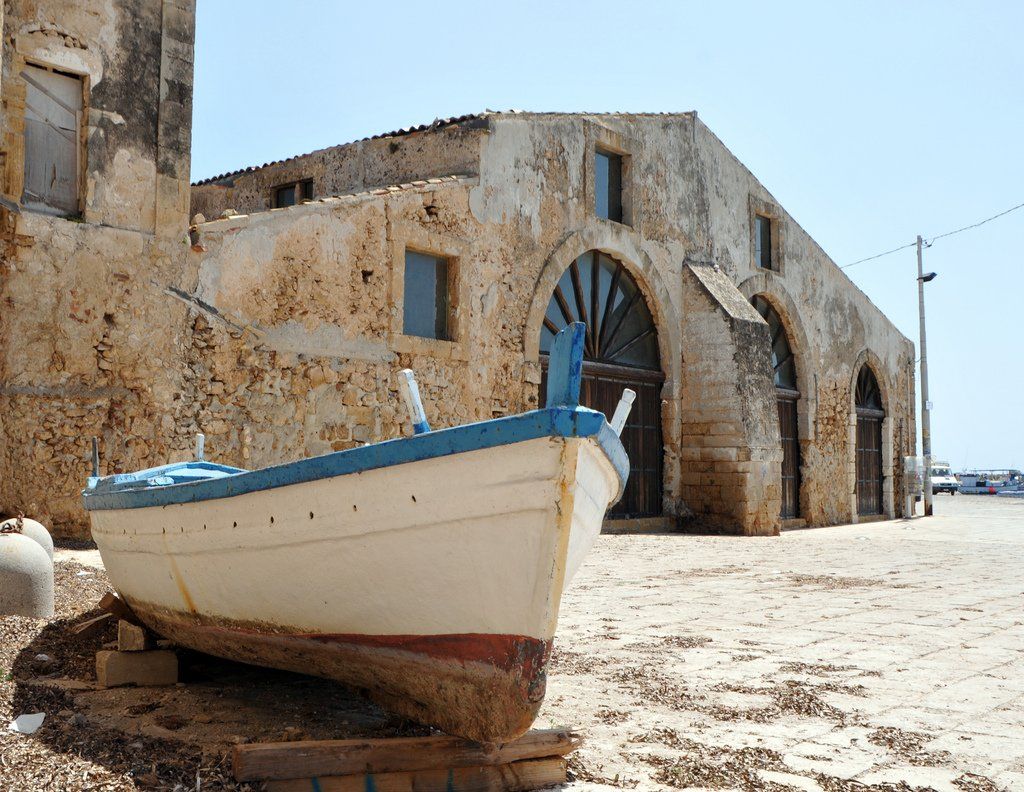Tours in Syracuse
Syracuse's unique charm and Ortigia's beauty
Founded in 734 BC by colonists from Corinth, Syracuse was to become for Cicero "the greatest and most beautiful of all Greek cities".
The name originates from Syraka ("abundance of water"), due to the city's numerous waterways and marshy area.

It was during the Greek period that Syracuse reached its zenith.
There are various historical testimonies of this era still around today:
• the Greek Theatre
• the Galermi Aqueduct
• the Ear of Dionysius and the Altar of Hieron
• The Greek temples of Apollo and Zeus
• The Fountain of Arethusa on the island of Ortygia
to name a few.
The power of the Greek polis of Syracuse extended as far as the Adriatic, where several Syracusan colonies were founded. Following the golden age of the Greeks, the Romans would tarnish the significance of this once great city. Nonetheless, substantial remains from the era still survive today, including the Roman Amphitheatre, the Gymnasium and the Catacombs.
Visitors to Syracuse simply cannot miss out on a visit to the Neapolis Archaeological Park, where you can admire numerous remains from Greek and Roman times. There is also the Necropolis of Grotticelli, with the so-called tomb of Archimedes, a Roman Columbarium from the first century A.D.
Tours in Ortigia
The island of Ortygia is the oldest area in the city of Syracuse.
The island tells of an ancient story that foresaw the arrival of the Greeks, followed by the Romans, Swabians, Aragonese and Arabs.
Visiting Ortygia today is like strolling down the vista of history and admiring its splendour, losing oneself among its small neighbourhoods that each reveal enchanting wonders. The most famous districts on the island are: Bottari, Cannamela, Castello, Duomo, Gancia, Giudecca, Graziella, Maestranza and Marina.


Tours in Noto
Located around 30 km to the southwest of Syracuse, Noto is regarded as a real gem of 18th-century baroque architecture. It was granted World Heritage status in 2002 and today is one of the most popular and favourite destinations among Italian and foreign visitors alike.
The Cathedral is one of the most splendid and famous historic emblems of the town. It was built shortly after the earthquake but was only finally completed in 1776. Damaged by another earthquake in 1990, it suffered a serious collapse in 1996. Restoration works to the cathedral were completed in 2007.
Preceded by a large stairway consisting of three different inclines, it opens onto the imposing façade of the Square of the Town Hall. The two towers to the side of the central bronze doors are particularly worthy of mention.
Those visiting in May should make sure not to miss out on the "Infiorata", the Flower Festival, which is one of the most beautiful and colourful events in Italy.
Tours in Marzamemi
The origin of the name Marzamemi is controversial: according to some, it derives from the Arabic words marza ('port', 'roadstead', 'bay') and memi ('small'), while according to the Netino glottologist Corrado Avolio, the name derives from the Arabic marsà 'al hamam, i.e. 'bay of the turtledoves', "because of the abundant passage of these birds in spring".
The village was founded around the landing-place, which later became a fishing port, and developed thanks to this latter activity, which is still widely practised today, and was also equipped with a Tonnara, one of the most important in Sicily.
The tuna fishery in Marzamemi dates back to the time of Arab domination in Sicily.
















